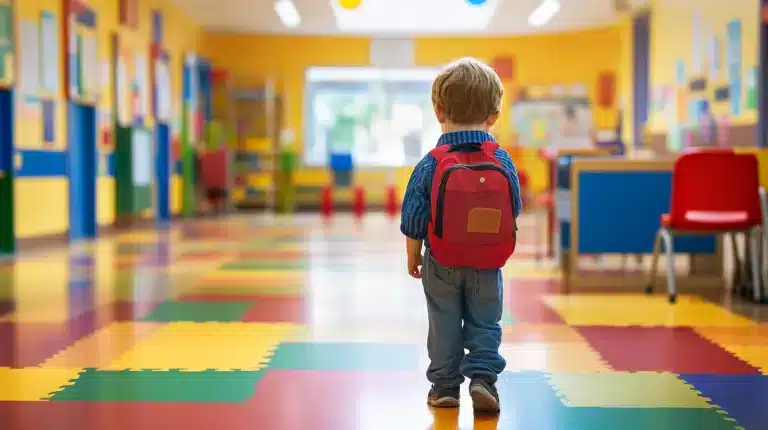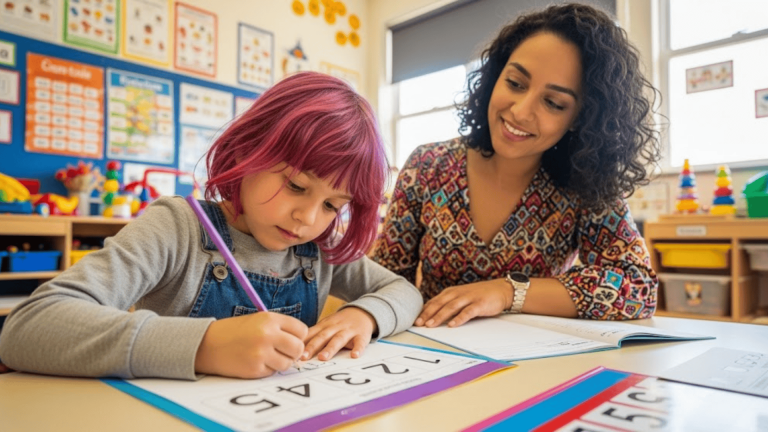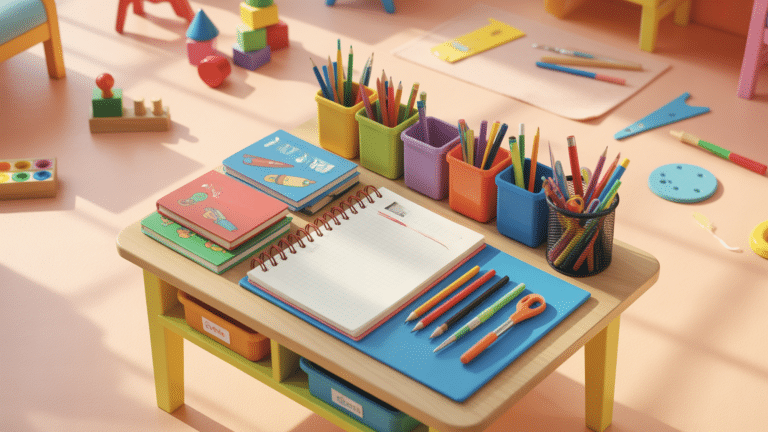School can be a great, enriching place for young children, but it might also be a place where children find new structures, expectations, and rules. Even though the rules are in place to maintain order, promote safety, and make for a positive learning environment, they can be confusing or overwhelming to young children.
As a parent, it is very important to make your child realize the importance of these rules and help them practice them effectively. The following are some practical tips to help your child understand school rules effectively and without much hassle.
Introduce Rules Gradually
Before your child goes to school, initiate a conversation with him or her and explain the general rules they will likely encounter. These would include raising their hand to speak, keeping their hands to themselves, staying in their seat, and listening to the teacher.
Be certain to explain why each rule is important. For example, you would say, “We raise our hands so everyone gets a turn to speak,” or “We keep our hands to ourselves to make sure no one gets hurt.”
Explanations of why certain rules are in place are helpful to young children who logically may not know or understand the reasoning. Practice at home when possible, acting out different situations: pretend to raise hands to ask a question during an imaginary classroom exercise. This will make the rules more real to them, relating to life routine.
Keep It Simple and Clear
Children, especially young children, cannot handle too many rules simultaneously. Emphasize one or two rules at a time and state them in simple terms. For instance, instead of saying, “One does not interrupt others when they talk and always immediately follows directions,” say, “Please raise your hand if you want to talk,” or “Listen carefully when the teacher speaks.”
Visual reminders, like charts or posters, show some of the major rules of the school. For young children, a pictorial reminder that is accompanied by words will help them remember a rule.
Positive Reinforcement
Instead of only teaching about consequences when the rules are broken, teach the positive rewards that come from keeping the rules. Praise your child whether he or she has been following the rules at school or at home.
In this way, positive reinforcement will help children learn that the aftermath of following rules is always good and can be praise, some reward, or even inner satisfaction.
Organization and Accountability
Of the many irritants for young children in adjusting to school rules, keeping track of belongings certainly is one. Things like lunchboxes, water bottles, jackets, or stationery are easily misplaced or mixed up. Thankfully, personalized school labels can help your child keep everything in a manageable way and be responsible for her things. Almost everything can be labeled in order to mark it as your child’s.
Besides not letting anything get mislaid, the school labels taught the children to be responsible for whatever belonged to them. When children see their name tagged on every belonging, it reinstates the fact that they are supposed to be responsible for the items and follow rules for keeping their things in their places.
Besides, some schools have strict policies on lost property, and named belongings are easily identified by teachers too, hence return is easier to the owner. This little investment would eliminate much distraction during school hours and let your child stay focused on learning and following school rules.
Establish a Routine at Home
Having a set routine at home, like some of the rules at school, will also help teach your child the importance of following the rules. If there is a rule at school about listening to the teachers and then following their instructions, practice it at home as well by asking your child to do simple things when you are out doing your daily activities. Example: Ask them to “put their shoes away” or “set the table”, and praise them for listening and completing the task.
By including rule-following in the home routine, a child will become accustomed to following directions and expectations and, therefore, will find it easier to adjust to the rules when he/she goes to school.
Develop Empathy and Respect
Teach your child to respect others rules common to most schools. Rules like “be nice to others,” “share,” or “take turns” teach the child the importance of being empathetic and cooperative. Let him know that keeping these rules is not only for his own good but it is also a sign of respect toward his classmates and teachers.
You can do this by using illustrations or stories about everyday life. For example, “When you let go first, the other fellow is happy just like when you want to go first in a plaything.” Helping your child make sense of how it makes others feel from doing certain things gives meaning to the following rules.
Discuss the Consequences of Breaking Rules
Let him know that when some rules are not followed, one suffers punishment or penalty; however, spare the child from frequent punishment. Instead, naturally, clarify the sequence or the response of a particular action.
For example, “If you talk out of turn during class, perhaps you’ll miss sharing your idea with the class,” or “If you don’t follow the teacher’s instructions, perhaps the job will take longer to complete.”
Keep the discussion informal and matter of fact. Use this as an opportunity to explain that everyone makes mistakes, but what is important is how one learns from those mistakes. Let your child know if they are ever unsure about what is expected of them, or if they do something wrong, either in school or at home, they should discuss it with you.
Monitor Consistency Between School and Home Expectations
There must also be consistency between what is expected in school and what is expected at home. If a school has rules concerning the behavior of children, this should be upheld by you at home as well. It gives your child continuity in that he will know how to behave either in or out of school.
If you show your child respect for the rules at his or her school, he or she will more than likely follow suit. You also have to be in good communication with your child’s teacher so that you all remain on the same page in order to nip any problems in the bud.
Conclusion
To help your child learn about and also follow the rules at school, you will need to be a patient, consistent, communicative parent. You can help your child transition into this new environment by using simple language, reinforcing positively, and creating a home environment that reinforces school expectations.
Keep in mind that following rules takes time to build up, and mistakes are part of learning. With your support and encouragement, your child will, in time, build the confidence to negotiate the rules at school and flourish in his learning environment.









